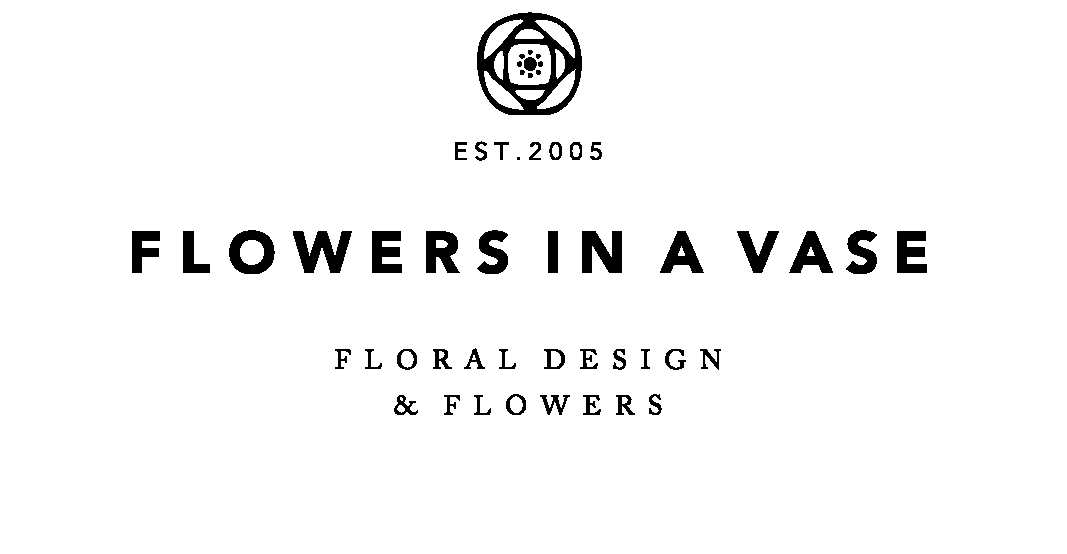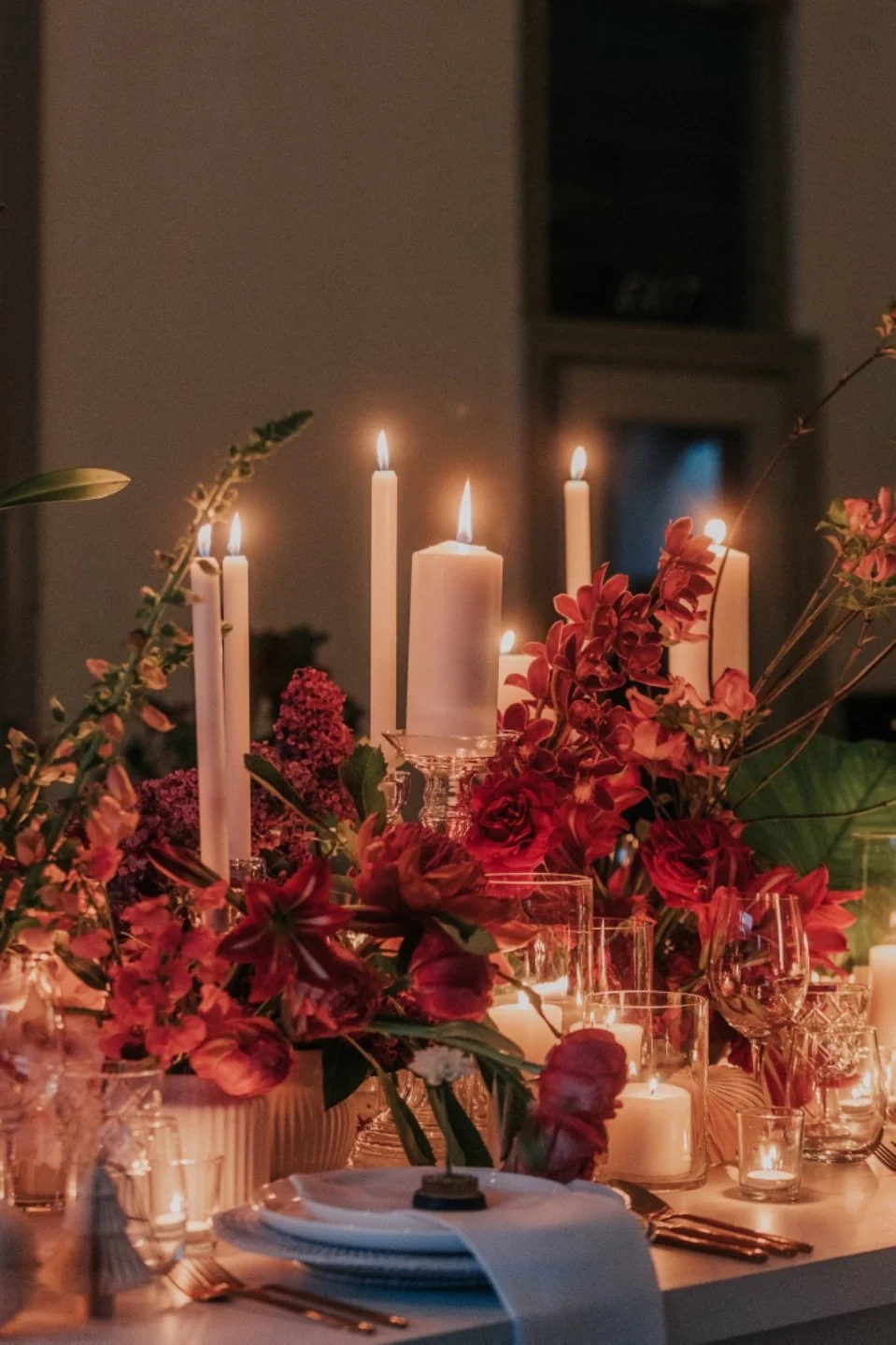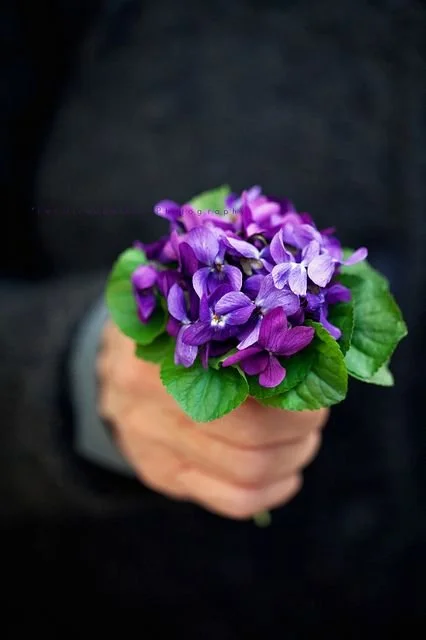Modern Valentine’s Day, as everyone knows, symbolically signifies expressions and tokens to showcase love - both romantic and platonic. Indeed, #valentinesday and #galentinesday are mainstream across social media. The tradition of the Day however, is steeped deep in history, dating back centuries, with many religious and pagan links. The Catholic Church celebrated Saint Valentine or the Feast of Valentine on Feb 14th and Lupercalia was the pagan celebration linked to fertility and Faunus, the Roman god of agriculture.
Modern Romance
Moving forward in time, Valentine’s Day became associated very much with nature and nature’s connotations of romance or love. For example, in Middle Ages, it was widely believed (in France and England) that February 14 was the beginning of birds’ mating season, contributing to the notion that that it should be a day for romance (in fact it was believed that birds proposed to each other or married on that day)!
With my family roots and history in Slovenia, I was interested to learn that Saint Valentine or ‘Zdravko’ was one of the saints of spring, the saint of good health and patron of beekeepers and pilgrims. The proverb "Saint Valentine brings the keys of roots" signifies the beginning of plant and flower growth on this day. Historically it has also celebrated the commencement of work in the vineyards and in the fields.
Fast forward to the 18th Century, it had become customary to send cards and exchange gifts to express love. This tradition has held true right through to today.
I find it so fascinating of nature’s connections to Valentine’s Day and now how appropriate, fitting and symbolic of the gift of flowers are! Whether you’re a traditionalist, loving red roses, or more contemporary and embrace a variety of colours, nothing, I believe expresses emotion like flowers!
Left to right : Romantic Roses, Wedding Bouquet, Valentine’s Day Flowers
Signing off with pure romance - a poetic phrase by Ludwig van Beethoven to his beloved, meaning “from this day forward, what is mine and yours is now forever ours”
“Ever thine, ever mine, ever ours”…
X Arne





















